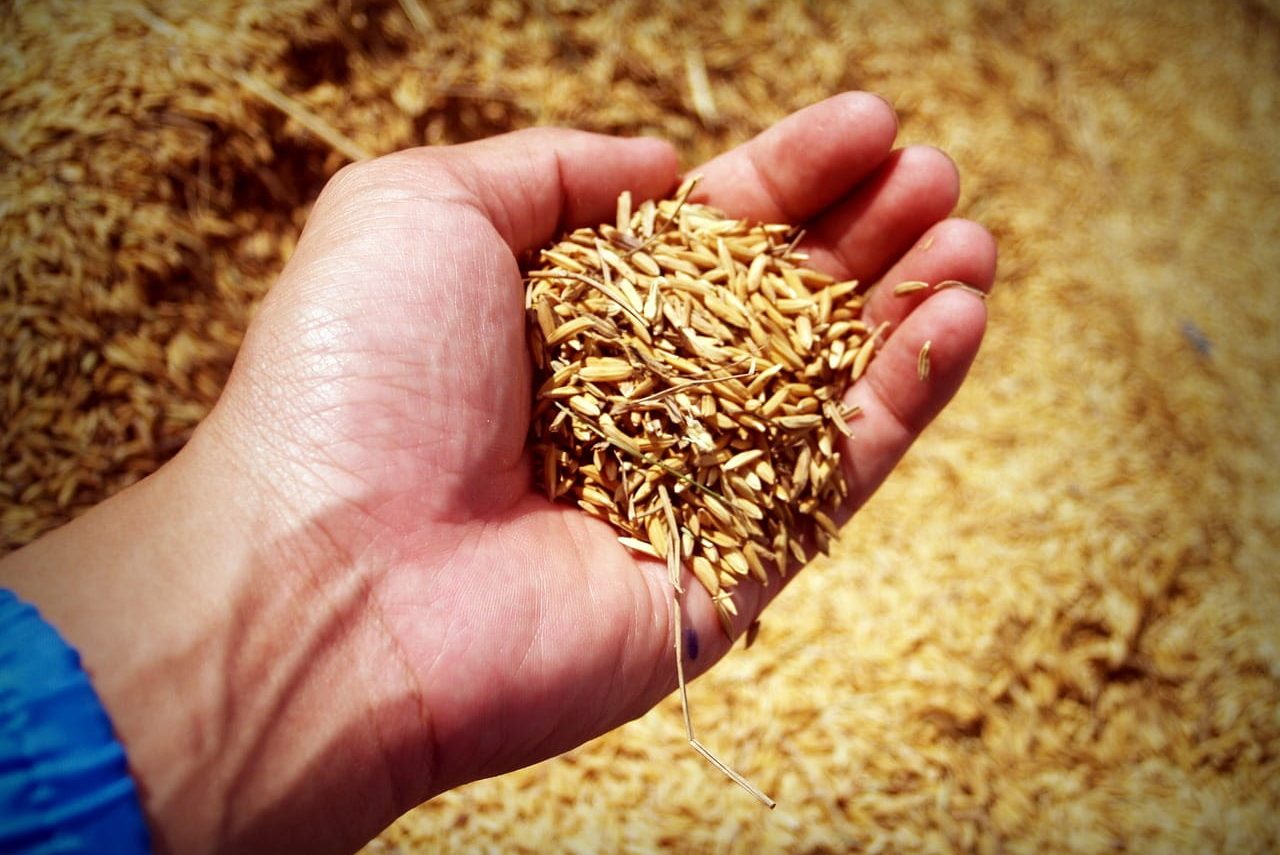China Creates Rice That Grows In Salt Water, Can Feed Millions Of People

Since the mid-1970s, China has been searching for a salt-tolerant rice as concerns rose about how to feed their rapidly growing population that was already the largest in the world. Four decades later, they’ve been able to commercialize their first varieties of this salt-tolerant starch, and it could be huge for the rest of the planet as well.

In the past month, researchers in China have found that four different types of salt-tolerant rice were able to yield between 6.5 and 9.3 tonnes (or 6500-9300 kilograms) per hectare (10,000 square meters). That amount was significantly higher than the 4.5 tonnes researchers anticipated.
To put all this into perspective, China has about one million square kilometers, or 100 million hectares, of land with high salt and alkali amounts that this salt-tolerant rice could grow in. Cultivating just a tenth of this land would provide enough rice to feed 200 million people.
In China alone, rice production would be boosted by 20 percent. However, the rest of the world could also benefit from this rice as they search for new land to grow food in. Swaths of Asia ranging from the southern island nations to northern India and Pakistan with soil high in salt could utilize the rice to bring more food to their areas.
Additionally, China could sell off its surplus of rice that it now has to help feed the rest of the planet, providing a ubiquitous starch source to famine-stricken areas around the world.
However, it will take some time for this powerful weapon against world hunger to reach those levels and be economical enough for other countries to adopt. Currently, the rice sells for roughly $7.50 per kilogram, which is about eight times the cost of conventional rice. That cost should decrease drastically as yields scale to even higher levels, however.
Currently, China has sold six tonnes of the rice to the general public in just 4 months, with over 1,000 additional orders in place for this year’s crop. With these new, high-yielding types of salt-tolerant rice, expect that number to sharply increase in the coming years as this powerful new tool to fight hunger continues to flourish.






















